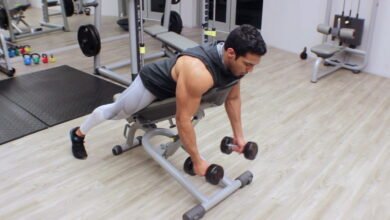Back pain is a common sickness that influences thousands and thousands of people worldwide, impacting daily activities and excellent life. Among the numerous kinds of pain, knowledge of vertebrogenic low back pain is essential for effective treatment and management. Unlike standard or non-specific again pain, which may stand up from muscle strain or overuse, Vertebrogenic Low Back Pain originates from particular structural problems in the spine itself. This article explores the reasons, symptoms, and remedy alternatives for vertebrogenic lower back pain, offering insights into how people can alleviate soreness and regain control over their spinal fitness.
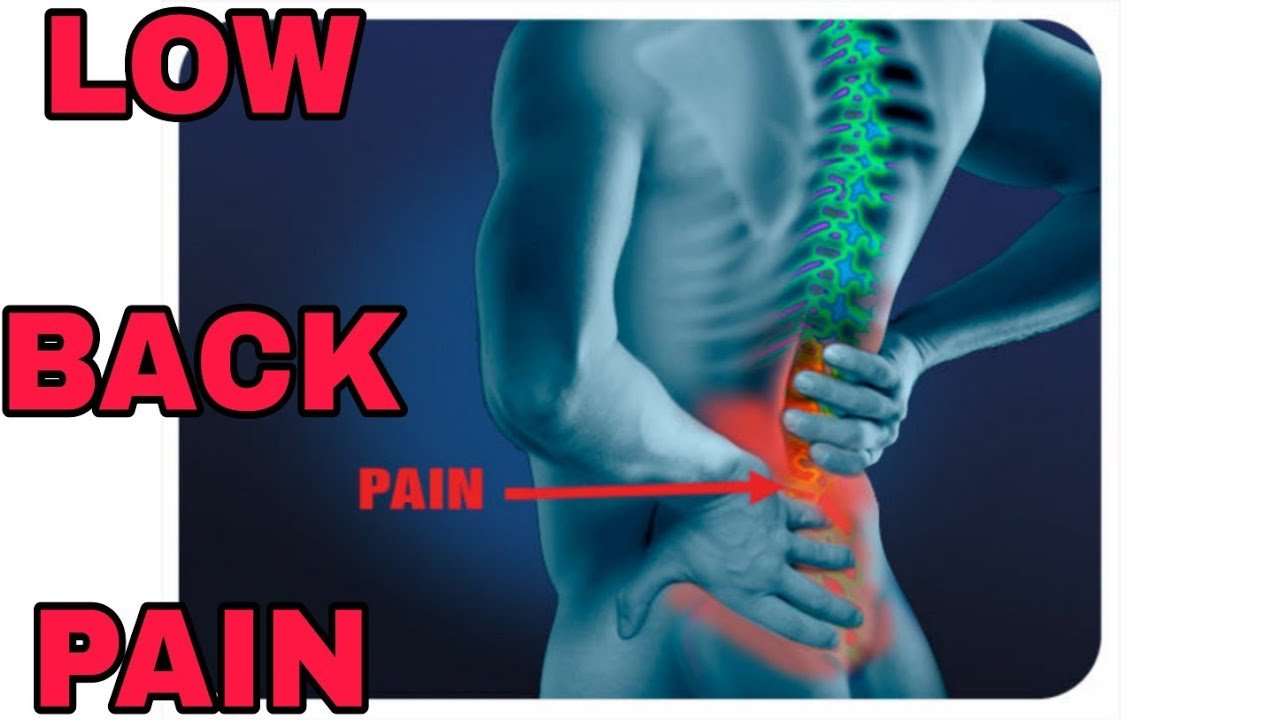
What is Vertebrogenic Low Back Pain?
Vertebrogenic low again ache is characterized by a pain that originates at once from abnormalities or dysfunctions inside the spinal system. This kind of ache implicates diverse additives of the backbone, consisting of vertebrae, intervertebral discs, and aspect joints. Unlike referred aches from muscle tissues or ligaments, vertebrogenic ache frequently involves particular anatomical systems inside the spine, making an accurate diagnosis and focused remedy important.
Causes of Vertebrogenic Low Back Pain
Several factors contribute to the development of vertebrogenic low back pain, each affecting the spine in distinct ways:
Spinal Misalignment
Misalignment of the spinal vertebrae, referred to as vertebral subluxation, can end result from trauma, awful posture, or degenerative modifications. When vertebrae aren’t nicely aligned, it may motive choppy pressure distribution on spinal discs and side joints, causing persistent aches and ache.
Facet Joint Dysfunction
Facet joints inside the lower back of the backbone play a critical characteristic in presenting balance and permitting spinal moves. Dysfunction or infection of those joints, often because of arthritis or harm, can lead to localized aches and a confined variety of movement in the affected region.
Disc Degeneration
Intervertebral discs cushion between vertebrae, soaking up surprise and facilitating spinal flexibility. Over time, these discs may also degenerate due to age-related wear and tear, which is fundamental to disc herniation or bulging situations. When discs degenerate, they compress nearby nerves, inflicting ache that radiates alongside the affected nerve pathway.
Symptoms of Vertebrogenic Low Back Pain
Recognizing the symptoms associated with vertebrogenic low back pain is crucial for early diagnosis and targeted treatment:
Localized Pain
Pain generally manifests within the lower back region and is usually felt as a dull, sharp, or throbbing sensation. The depth of ache may also vary depending on the underlying cause and individual tolerance stages.
Radiating Pain
Nerve compression due to spinal abnormalities can cause pain that radiates into the buttocks, thighs, or even down to the feet. This radiating pain, called radiculopathy, often follows unique nerve pathways and can be followed by numbness or tingling sensations.
Muscle Spasms and Stiffness
In reaction to spinal instability or irritation, muscle tissues surrounding the affected area might also agree involuntarily, leading to spasms and stiffness. These muscle reactions are the body’s attempt to defend the backbone and limit motion to prevent injury.
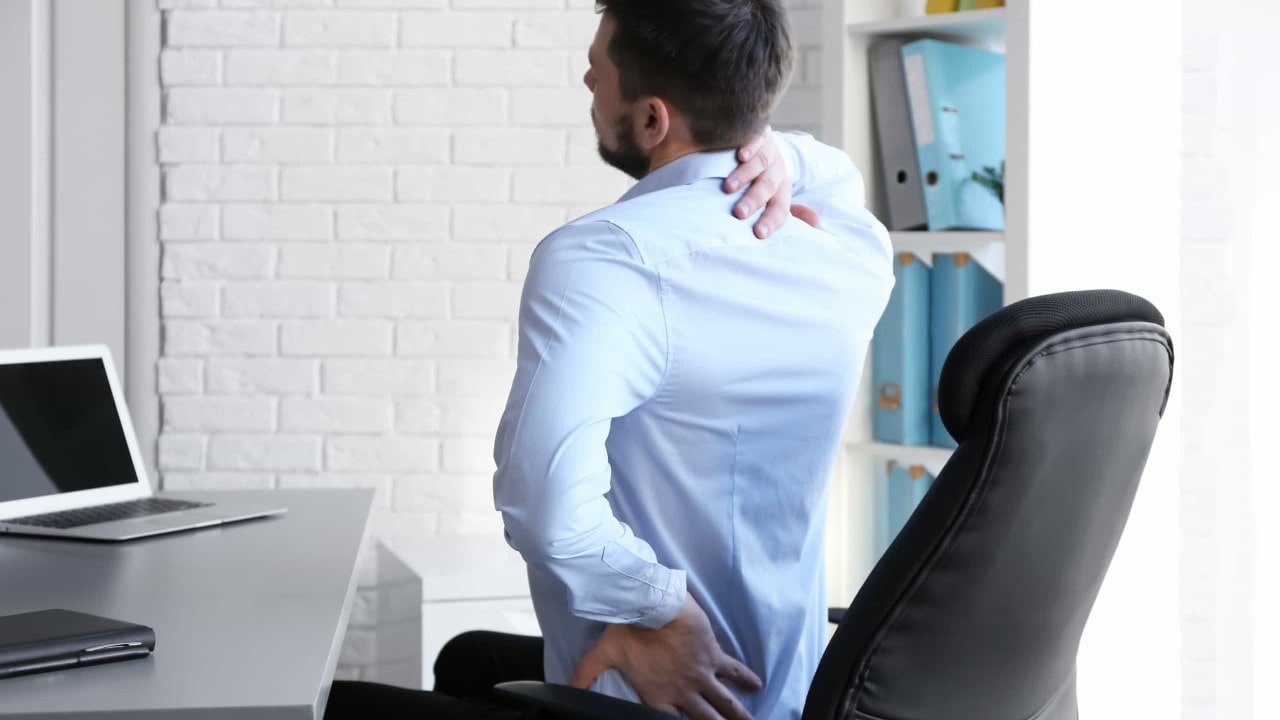
Diagnosis
Accurate analysis of vertebrogenic low lower back pain includes a comprehensive evaluation via healthcare specialists:
Physical Examination
During a physical examination, healthcare providers examine posture and range of movement and perform palpation to identify soft regions and check neurological features. Observing how the backbone moves and identifying areas of ache helps pinpoint potential causes of heterogenic aches.
Imaging Tests
Imaging research, X-rays, MRI, and CT scans offer detailed images of the backbone’s internal systems. This diagnostic equipment helps healthcare companies visualize abnormalities, including spinal misalignment, disc herniation, or facet joint degeneration, aiding the analysis and components of the proper remedy plan.
Treatment Options
Managing vertebrogenic low back pain often requires a multi-disciplinary approach tailored to individual needs and severity of symptoms:
Physical Therapy
Physical therapists design specialized exercise packages to strengthen middle muscles, improve flexibility, and improve posture. Techniques along with stretching, strengthening sports, and guided remedies help alleviate pain, reduce muscle anxiety, and save you destiny episodes of vertebrogenic pain.
Medications
Pain relievers such as non-steroidal anti-inflammatory capsules (NSAIDs), acetaminophen, or muscle relaxants can be prescribed to manipulate acute aches and infections associated with vertebrogenic low lower returned pain. These medicinal drugs provide brief relief at the same time as different remedies awareness on addressing underlying spinal troubles.
Injections
Corticosteroid injections, administered at once into the affected location of the spine, lessen inflammation and alleviate pain associated with conditions alongside herniated discs or side joint ailment. These injections can also offer longer-lasting comfort than oral medicines and are frequently used with other healing strategies.
Surgical Interventions
In cases in which conservative remedies fail to relieve signs or where there may be sizeable nerve compression requiring surgical intervention, surgical techniques may be considered. Surgical alternatives include:
- Discectomy (removal of herniated disc cloth).
- Spinal fusion (joining two or extra vertebrae).
- A decompression surgical operation to alleviate strain on nerves.
Prevention Strategies
Preventive measures play a crucial role in reducing the risk of developing vertebrogenic low back pain and maintaining spinal health:
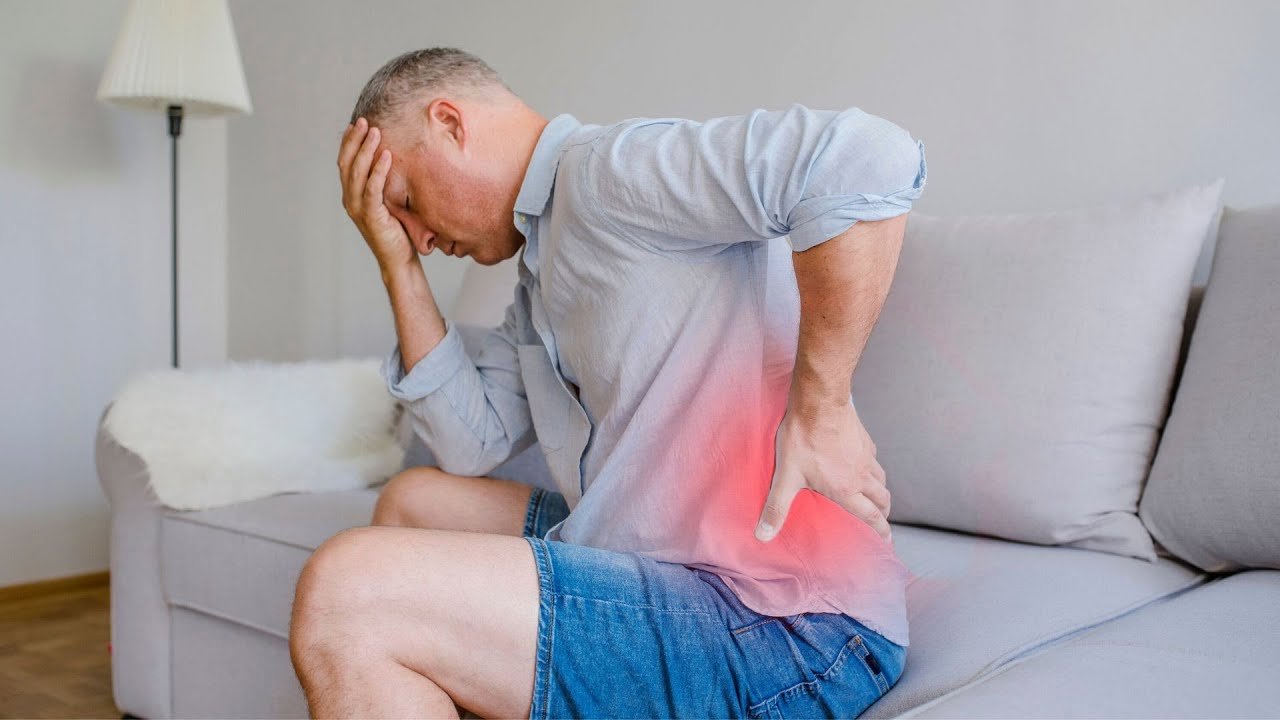
Maintaining Proper Posture
Practicing excellent posture while sitting, status, and lifting items reduces strain on the spine and minimizes the chance of spinal misalignment. Ergonomic modifications to workstations and day-by-day sports promote spinal alignment and guide average returned health.
Regular Exercise
Engaging in regular physical pastimes, together with low-impact physical activities such as walking, swimming, or yoga, helps strengthen center muscle tissues that aid the backbone. Exercise also improves flexibility, reduces stiffness, and complements standard spinal balance.
Ergonomic Adjustments
Making ergonomic changes to daily activities, such as lifting heavy gadgets properly and using supportive furniture, reduces the threat of stress on the backbone. Using lumbar supports or chair cushions offers additional support and promotes proper spinal alignment.
Living with Vertebrogenic Low Back Pain
Managing chronic pain requires a holistic approach that encompasses lifestyle modifications and psychological support:
Psychological Support
Coping techniques, relaxation techniques, and counseling help individuals manage persistent ache’s emotional and psychological impact. Addressing pressure, tension, and despair improves usual well-being and complements the effectiveness of pain management techniques.
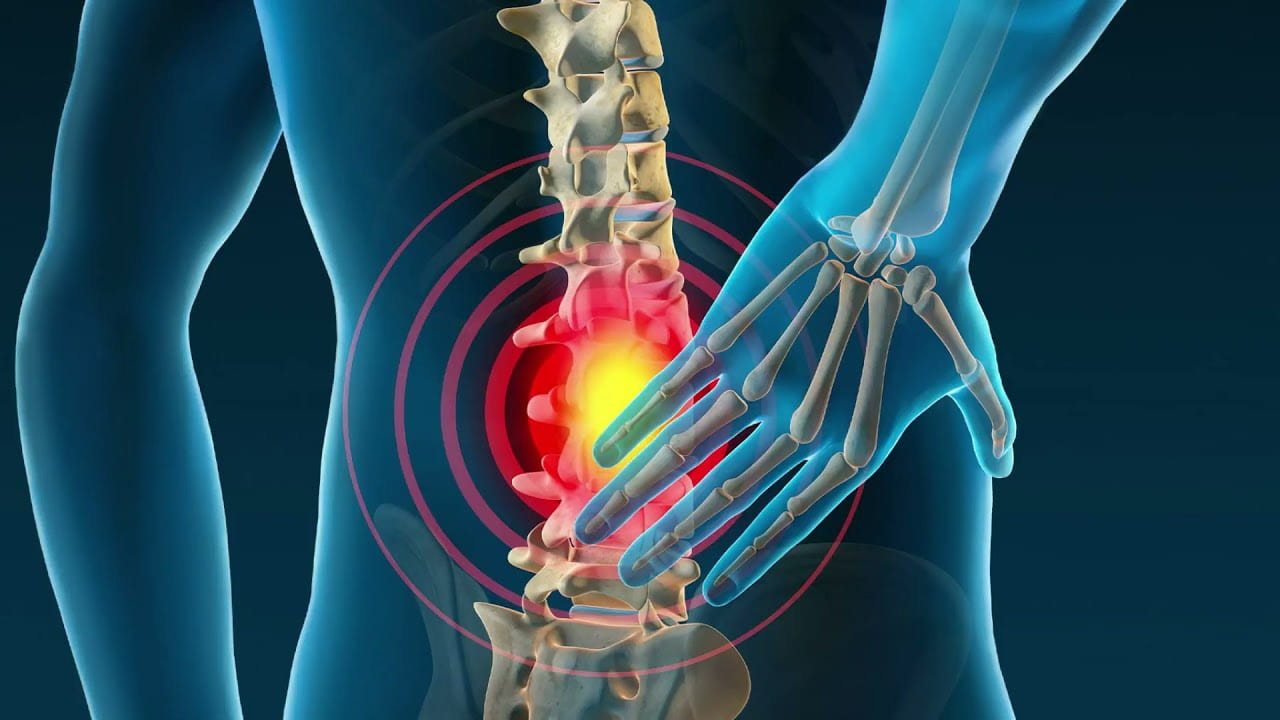
Supportive Devices
Using supportive gadgets, including lumbar braces, cushions, or ergonomic furnishings, affords additional guidance for each day’s sports duration. These gadgets reduce stress on the spine, alleviate soreness, and promote proper spinal alignment while appearing responsibilities or sitting for extended periods.
Conclusion
Vertebrogenic low back pain is a collection of spinal diagnoses that must be treated separately at the spine center.By understanding the foundation cause, figuring out signs and signs, and thinking about remedy alternatives, one could take early steps to relieve pain while enhancing spinal fitness and overall exceptional life. The customized remedy plans are geared toward alleviating the basis causes of vertebrogenic pain and enhancing spinal characteristic, which can come in many bureaucracy, starting from conservative remedies like chiropractic care and physical remedy to greater invasive options along with surgery.
FAQs about Vertebrogenic Low Back Pain
Are there any precise exercises that could assist in alleviating heterogenic low back pain?
Exercises focusing on middle energy and flexibility, such as yoga or Pilates, are helpful for spinal fitness.
When ought I to recall the surgical procedure for vertebrogenic low again ache?
Surgery is typically considered while conservative remedies fail to offer relief or if there may be sizeable nerve compression requiring surgical intervention.
How can I save you recurring episodes of vertebrogenic low back aches?
Maintaining a healthy weight, avoiding prolonged sitting, and incorporating daily exercise into your routine can lessen the risk of recurrent pain episodes.
Is vertebrogenic low lower back pain curable?
While it can no longer always be curable, effective control through proper treatment and lifestyle adjustments can considerably alleviate signs and symptoms and improve quality of life.
This complete guide aims to train and empower individuals coping with vertebrogenic low again ache, providing insights into its reasons, signs, treatments, and preventive measures. Consulting with a healthcare expert is recommended for personalized recommendations and remedy options.


